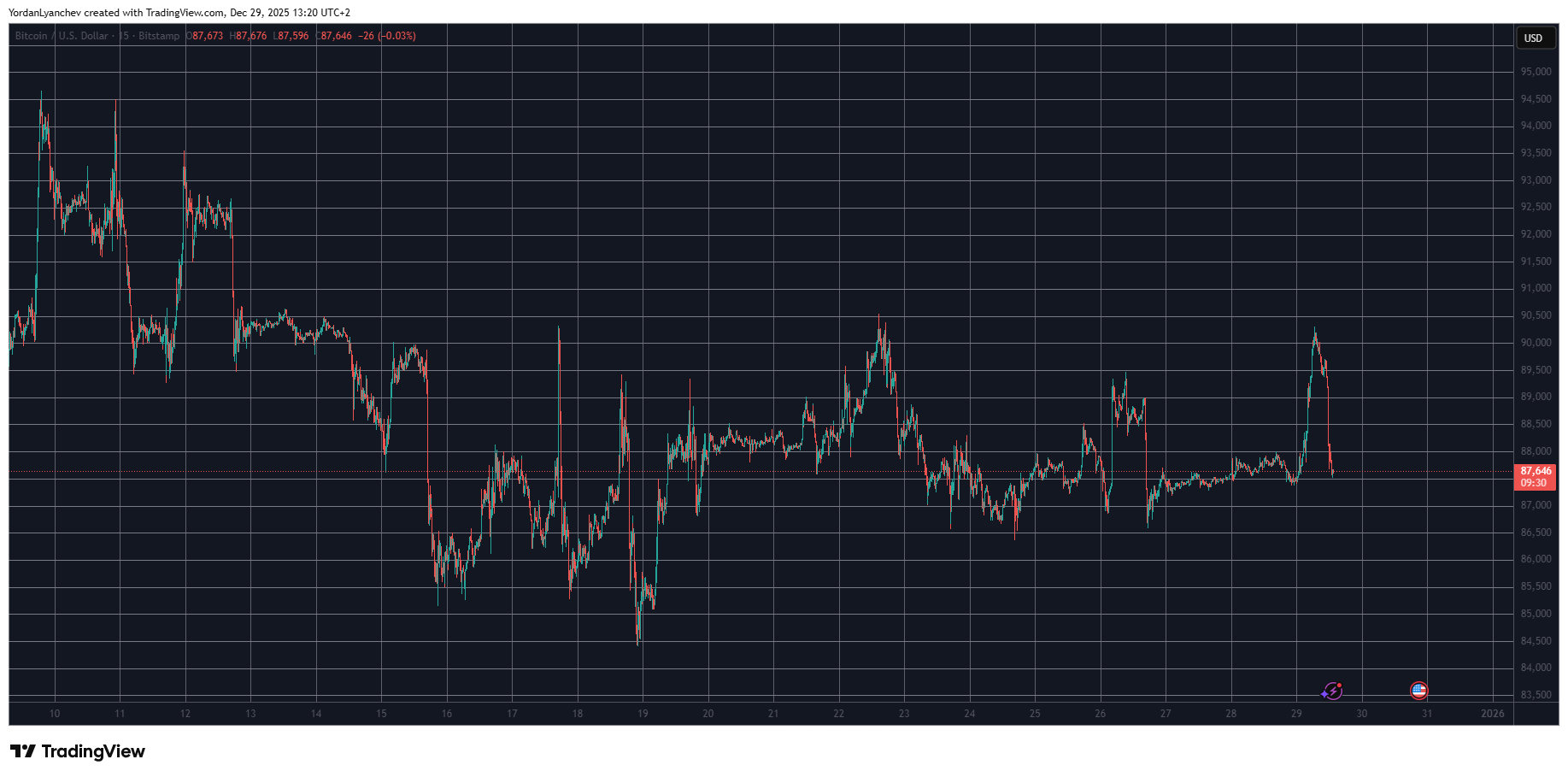Serena Williams, Amy Schumer & More Who Gave Weight Loss Drugs a Shot

I’ve noticed something really interesting with these weight loss injections – first with the original, and then with medications like Mounjaro, Wegovy, and Rybelsus. Whenever celebrities talked about it, it always seemed to be either making light of how many people were using them, or flat-out saying they hadn’t tried it themselves. It was like nobody wanted to admit they were part of the trend!




